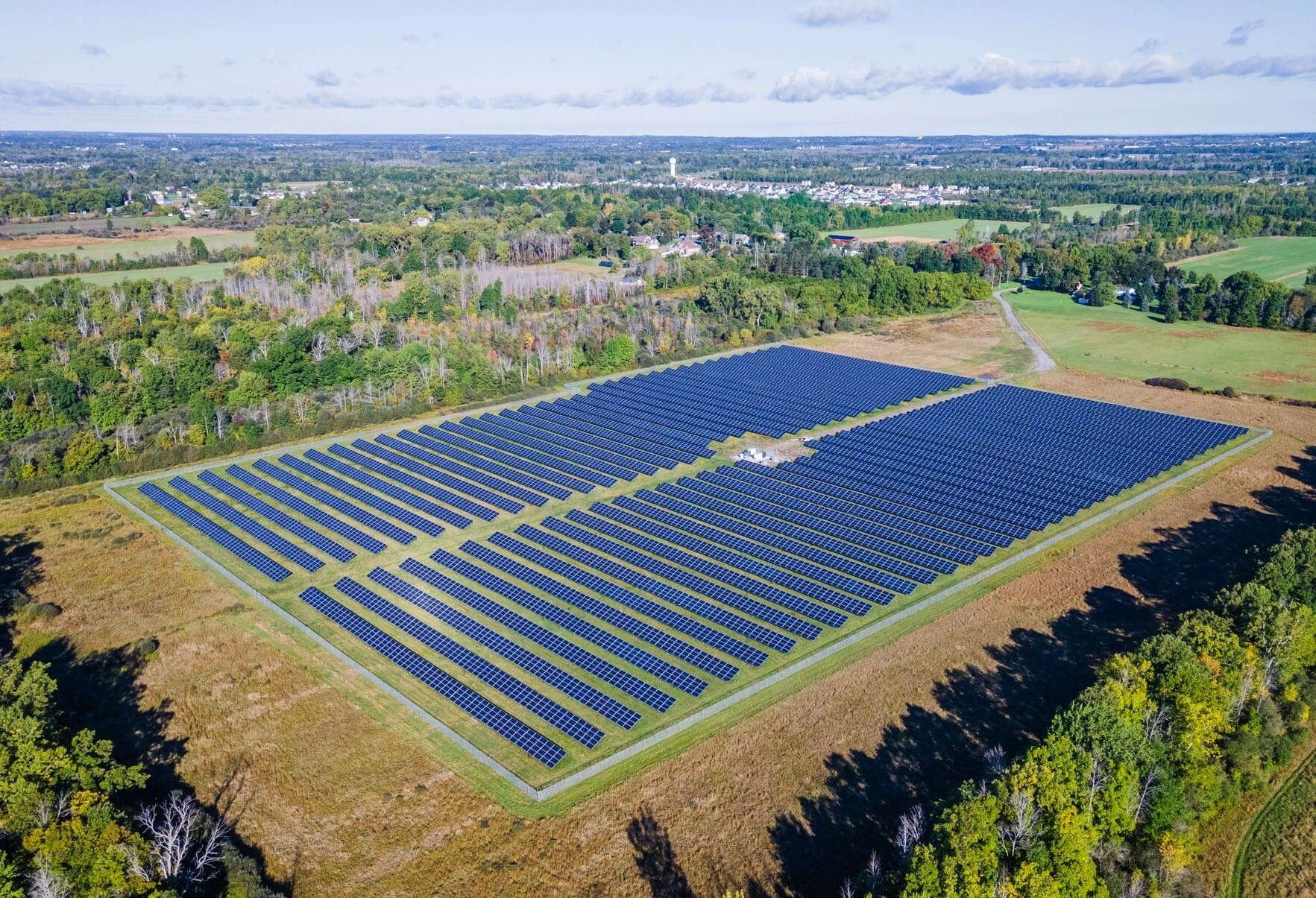The Biden-Harris Administration released plans developed by more than 20 federal agencies that outline the steps each agency will take to ensure their facilities and operations adapt to and are increasingly resilient to climate change impacts. The plans reflect President Biden’s whole-of-government approach to confronting the climate crisis as agencies integrate climate-readiness across their missions and programs and strengthen the resilience of federal assets from the accelerating impacts of climate change. The climate adaptation and resilience plans were previously submitted to and reviewed by the National Climate Task Force, White House Council on Environmental Quality’s (CEQ) Federal Chief Sustainability Officer, and the Office of Management and Budget (OMB) in response to President Biden’s “Executive Order on Tackling the Climate Crisis at Home and Abroad”.
Agencies face a multitude of risks caused by climate change, including rising costs to maintain and repair damaged infrastructure from more frequent and extreme weather events, challenges to program effectiveness and readiness, and health and safety risks to federal employees who work outside. By taking action now to better manage and mitigate climate risks, the White House will minimize disruptions to federal operations, assets, and programs while creating safer working conditions for employees.
To address these challenges, President Biden prioritized the revitalization of federal agency climate adaptation and resilience planning efforts. Through this approach, large agencies developed adaptation and resilience plans to address their most significant climate risks and vulnerabilities. The plans leverage procurement decisions to drive innovation and increase resilience against supply chain disruptions and deliver on President Biden’s commitment to invest climate and clean energy dollars in environmental justice communities through his Justice40 Initiative.
As part of these efforts, agencies will embed adaptation and resilience planning and implementation throughout their operations and programs, and will continually update their adaptation plans. In addition to these plans, President Biden’s Build Back Better Agenda and the Bipartisan Infrastructure Deal include investments that will strengthen America’s resilience to climate change and extreme weather events, including upgrading power infrastructure, rebuilding America’s roads and bridges, and more.
The Biden-Harris Administration is making available more than 20 climate adaptation and resilience plans from major federal agencies. Highlights from this year’s plans include:
Safeguarding Federal Investments
Agencies identified which programs and missions are most at risk from climate change. This first step is critical to ensuring the best use of taxpayer dollars in response to changing climate conditions. For example, the Department of Transportation will incorporate resilience criteria into transportation discretionary grant and loan programs wherever appropriate. The Department of Justice will incorporate resilience into the design and construction specifications for new construction and modernization projects and the solicitation of future leases. Additionally, the Department of Defense (DoD) has committed to using climate intelligence, including from its recently-released DoD Climate Assessment Tool, to inform and educate military planners and other key decision makers on where and how military installations are at risk from climate change hazards.
Identifying Leadership And Accountability
For the first time, agencies identified senior leadership and created new accountability structures so that adaptation and resilience is led from the top. For example, several agencies, including the Department of Education, have now identified their Deputy Secretaries as Chief Resilience Officers. DoD commissioned a new Climate Working Group comprised of the department’s most senior leadership to coordinate DoD’s climate mitigation, adaptation, and resilience efforts.
Developing A More Resilient Supply Chain
Agencies are revamping supply chain policies and operations to create a more climate-resilient system. For example, the National Aeronautics and Space Administration (NASA) will modify use of an existing tool to screen its top mission-critical supplies of goods and services to identify those at risk due to disruption by acute extreme weather events or long-term climate change. The Department of Treasury is developing contingency plans for sustaining critical supply chains for operational mission requirements, including materials needed for currency and coinage production. Additionally, the Department of Energy is identifying opportunities to establish clear climate adaptation requirements for their contractors and suppliers to employ climate adaptation and resilience practices.
Enhancing Protections For Workers And Communities
According to the White House, the greatest asset to our country and federal government is our people. Agencies recognize the need to better support America’s workers from the impacts of climate change. For example, the Departments of Agriculture and the Interior, together with the Office of Personal Management, are fulfilling President Biden’s commitment that federal wildland firefighters will earn a minimum of $15 per hour for their critical work. Additionally, the Centers for Disease Control (CDC) developed a tool that provides real-time heat data paired with local vulnerability data for state and local emergency and public health planners to better prepare for and respond to extreme heat events.
Building A More Equitable Future
Climate change and its impacts may exacerbate existing health and socioeconomic inequities, placing certain populations at particular risk. To tackle this challenge, agencies outlined their actions in support of this Administration’s environmental justice objectives. For example, the Department of Transportation will advance climate equity by committing to consider the impacts of heat, poor air quality, vector-borne disease, and other hazards more likely to affect environmental justice communities when siting and designing projects.
The agencies releasing Climate Adaptation and Resilience Plans are:
1 Department of Agriculture
2 Department of Commerce
3 Department of Defense
4 Department of Education
5 Department of Energy
6 Department of Health and Human Services
7 Department of Homeland Security
8 Department of Housing and Urban Development
9 Department of the Interior
10 Department of Justice
11 Department of Labor
12 Department of State
13 Department of the Treasury
14 Department of Transportation
15 Department of Veterans Affairs
16 US International Development Finance Corporation
17 Environmental Protection Agency
18 General Services Administration
19 National Aeronautics and Space Administration
20 Office of Personal Management
21 Smithsonian Institution
22 US Agency for International Development
23 US Army Corps of Engineers

















